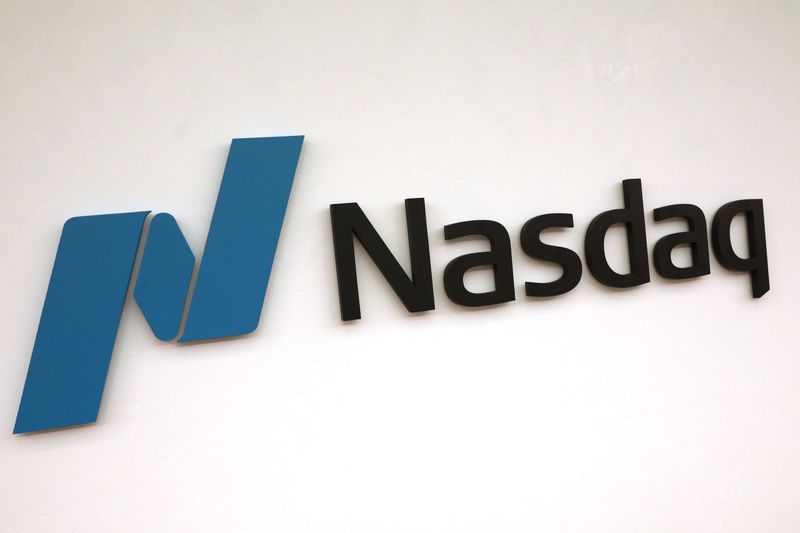This post was originally published on this site
https://i-invdn-com.akamaized.net/trkd-images/LYNXNPEG6K0UD_L.jpg
NEW YORK (Reuters) – Nasdaq Inc (O:NDAQ) is expected to report higher second-quarter earnings on Wednesday as hopes of a rapid recovery from the coronavirus pandemic sent technology stocks surging, sending its benchmark Nasdaq 100 index (NDX) to record highs.
Nasdaq benefits from trades on its exchange and when assets linked to its indexes rise.
The Nasdaq 100’s climb, along with gains in the broader market, have come even as U.S. coronavirus cases have soared, with more than 3.6 million U.S. cases, and 140,000 killed.
Investors during the quarter largely focused on the benefits of a flood of fiscal and monetary stimulus, as well as hopes for a COVID-19 vaccine, vaulting major stock indices off their March 23 lows.
The rush to buy stocks, and especially tech stocks, came as more people took up trading from home while under lockdown, encouraged by the recent move by retail brokerages to offer commission-free trading.
That helped lift Nasdaq’s share price by around 21% year-to-date, versus a rise of around 0.4% for the S&P 500 (SPX).
CME Group (O:CME), New York Stock Exchange-owner Intercontinental Exchange Inc (N:ICE), and Cboe Global Markets (Z:CBOE) report results next week on Wednesday, Thursday, and Friday respectively.
CME, the world’s largest futures exchange, is expected to report lower profits as interest rate futures volumes declined sharply in response the coronavirus pandemic’s impact on the economy, which has led to a long-term outlook for low rates. Shares of the company are down around 17% this year.
ICE is expected to report higher earnings as a spike in equities and options volumes off-set lower energy futures demand. ICE shares are up around 1% in 2020.
Cboe earnings are expected to rise on higher stock and options volumes. The company’s shares are down around 26.5% year-to-date on reduced demand for products linked to Cboe’s VIX volatility index.

